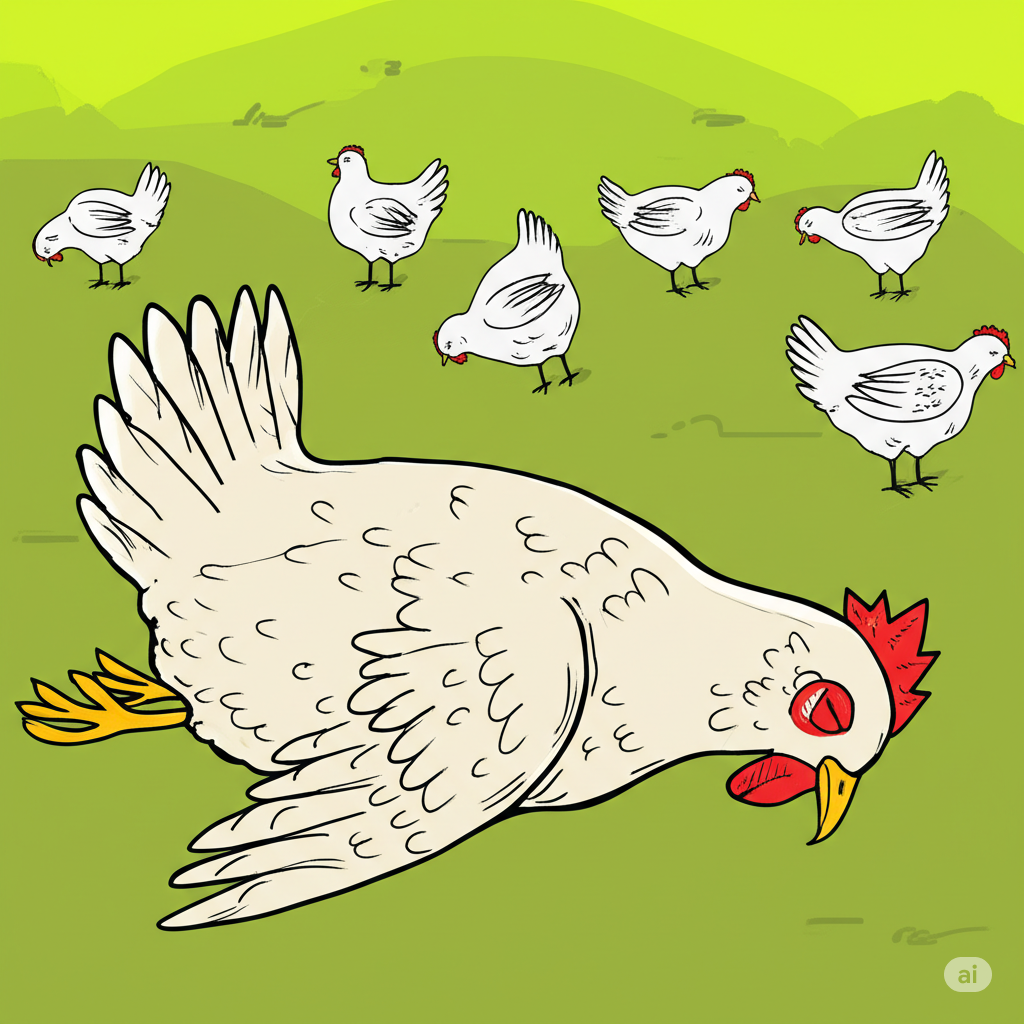You raise a bird for 40+ days. It eats, drinks, grows, and survives the ups and downs. And then, at the finish line—it gets condemned.
Not because of bad weight. Not because of poor feed.
But because of something that started quietly, weeks ago—and went unseen.
Condemnations due to airsacculitis and colibacillosis aren’t just post-mortem problems.
They’re the visible scars of missed moments during live management.
It Didn’t Start at the Slaughter Line
Airsacculitis (inflammation of the air sacs) and colibacillosis (E. coli infection) are not sudden conditions. They build slowly, often subclinically, and surface in ways we often dismiss:
- That mild, occasional cough at 3 weeks?
- Those birds huddling in corners post-feed?
- The light rattle that didn’t seem serious?
- Slightly uneven growth, but “still within range”?
Each of these was a whisper from the birds.
And in broiler farming, whispers ignored become shouts at processing.
What Leads to This?
Let’s decode how these two conditions typically emerge:
🦠 Airsacculitis
- Early viral infections (e.g. IB, ND, or mild MG) damage the respiratory lining.
- Ventilation lapses lead to high ammonia—burning the mucosa.
- Dusty litter creates mechanical irritation.
- Once inflamed, the air sacs invite secondary bacteria to colonize.
🧫 Colibacillosis
- It’s not just dirty water or bad hygiene.
- Gut barrier breaches (from coccidiosis, poor feed hygiene, or mycotoxins) allow E. coli to translocate into the bloodstream.
- Stress from poor brooding, chill stress, or overhandling compromises immunity.
The result: septicemia, airsac infections, pericarditis, perihepatitis—and a bird that looks fine outside but is a write-off at slaughter.
Signs That Deserve More Attention
Before it reaches the processing plant, the barn speaks:
- Birds with slightly labored breathing, especially during cooler hours.
- Occasional gasping or open-mouth breathing in groups.
- Patchy, uneven weight gain, especially post week 3.
- Sticky vents or slightly wet litter spots, indicating gut imbalance.
- Birds falling back even in otherwise good batches.
Why It’s Expensive
The cost of a condemned bird isn’t just that one carcass. It’s:
- The feed cost already invested.
- The processing charge still applied.
- The loss of efficiency on grading and line speed.
- And the data distortion when your FCR looks fine, but real ROI isn’t.
High condemnation is not a slaughterhouse problem. It’s a management trace-back issue.
How to Cut the Loss Before It Starts
- Strengthen gut immunity early, especially during coccidial pressure phases.
- Monitor respiratory health proactively, not just reactively. Use simple barn-level checks.
- Don’t normalize ammonia—measure, fix ventilation, and control litter moisture.
- Support resilience during viral windows and feed transitions.
- Improve biosecurity around waterers, feeders, and people flow—because E. coli is everywhere, waiting for a weakness.
Conclusion: The Last Place Is Too Late
When a bird is condemned, you don’t just lose a bird—you lose control of your data, margin, and predictability. The irony? Most of these birds were trying to tell you their story weeks ago.
So if your condemnation rates are creeping up—look backwards, not just forwards.
Because what dies at the end is often born from what wasn’t heard in the beginning.

